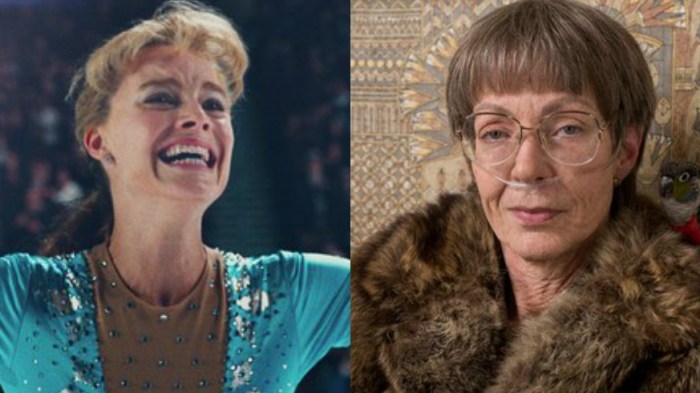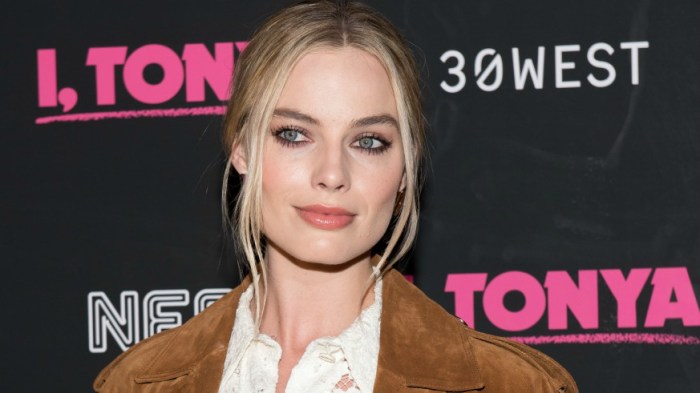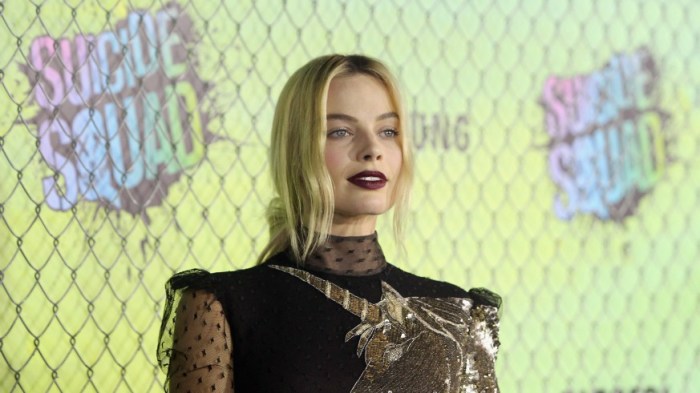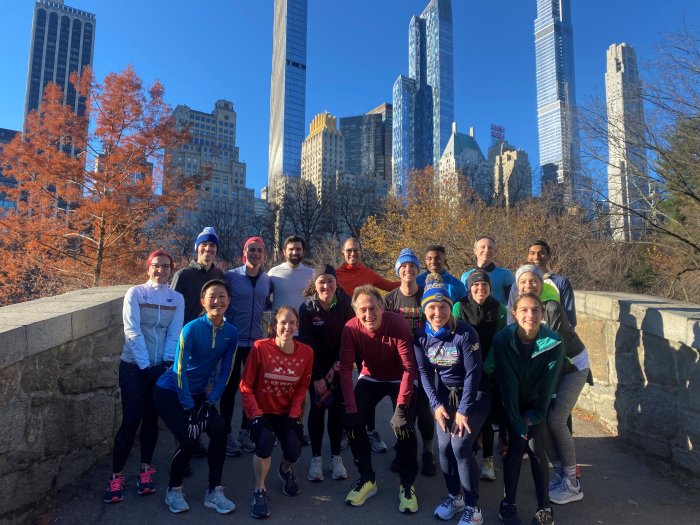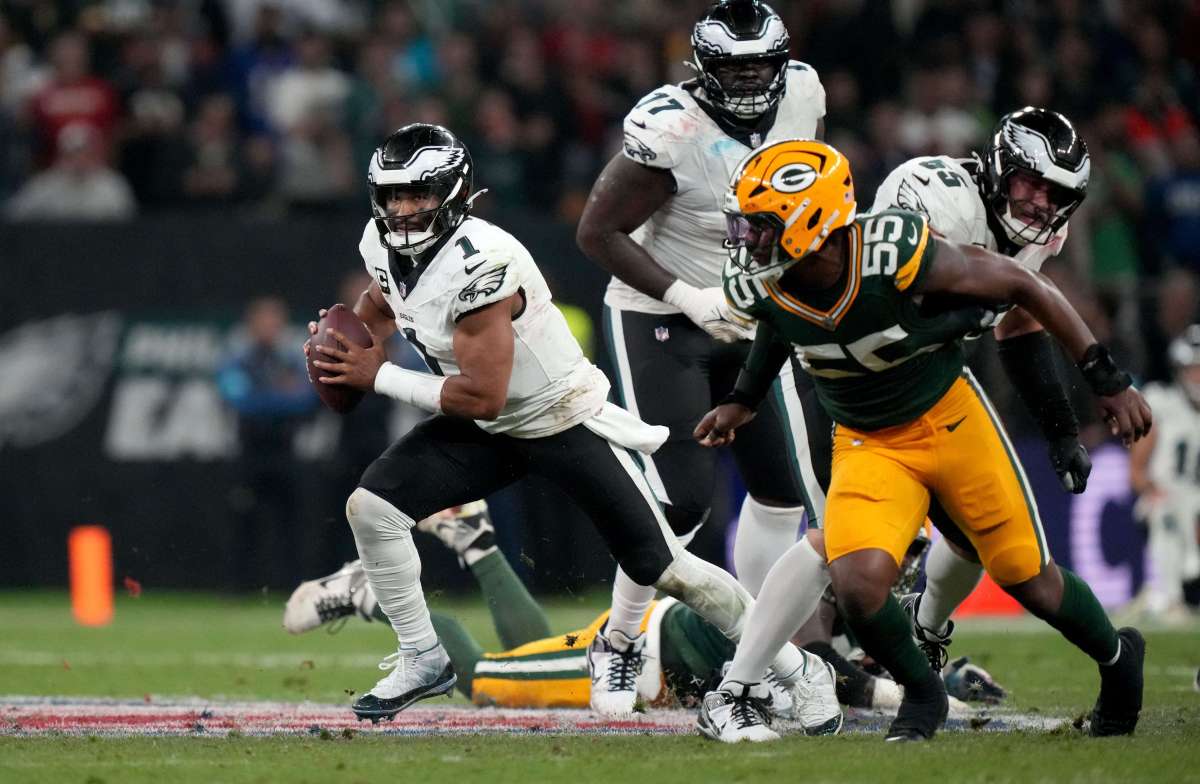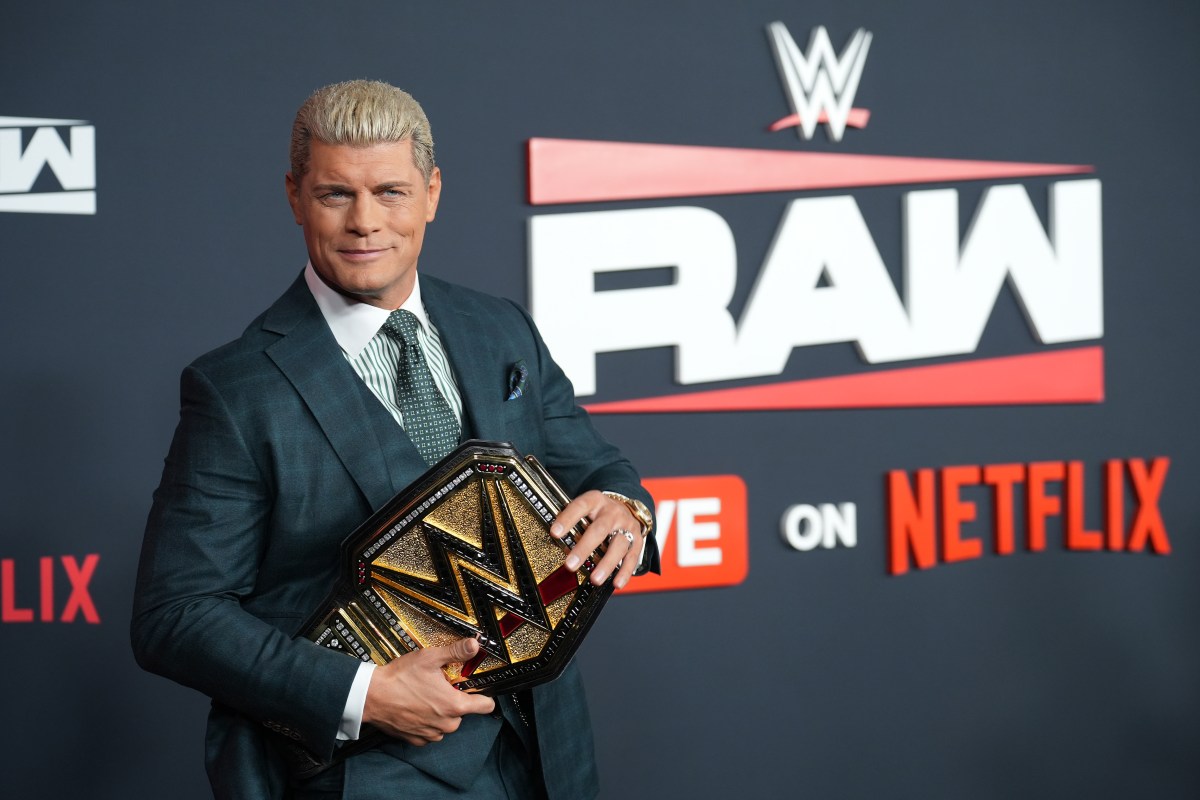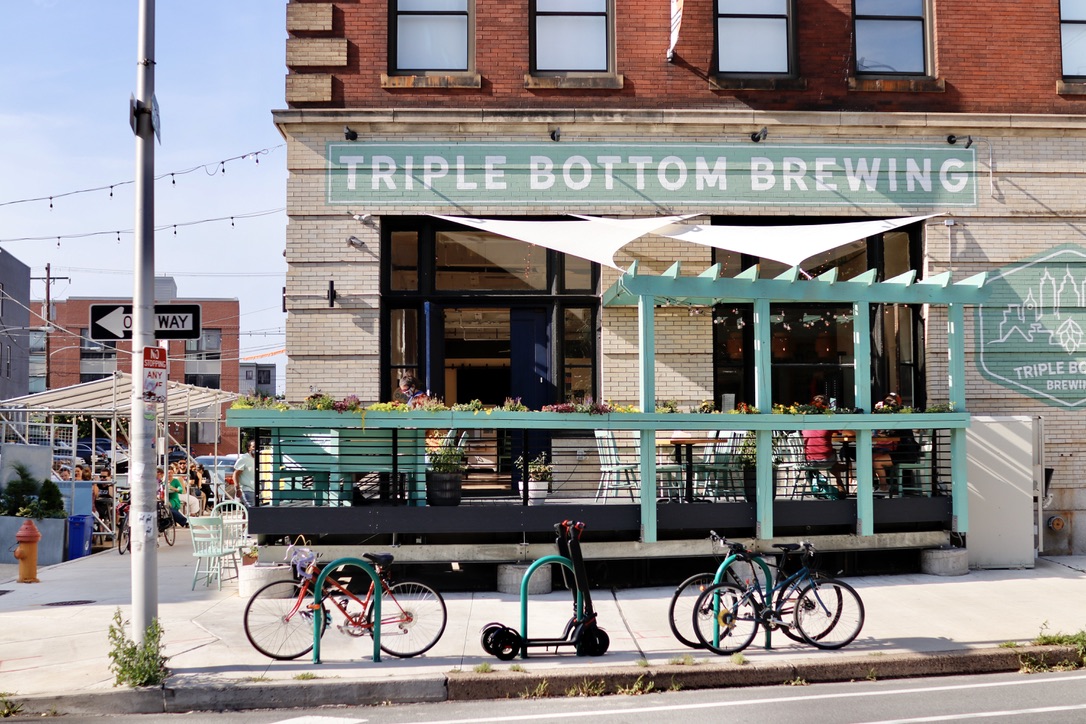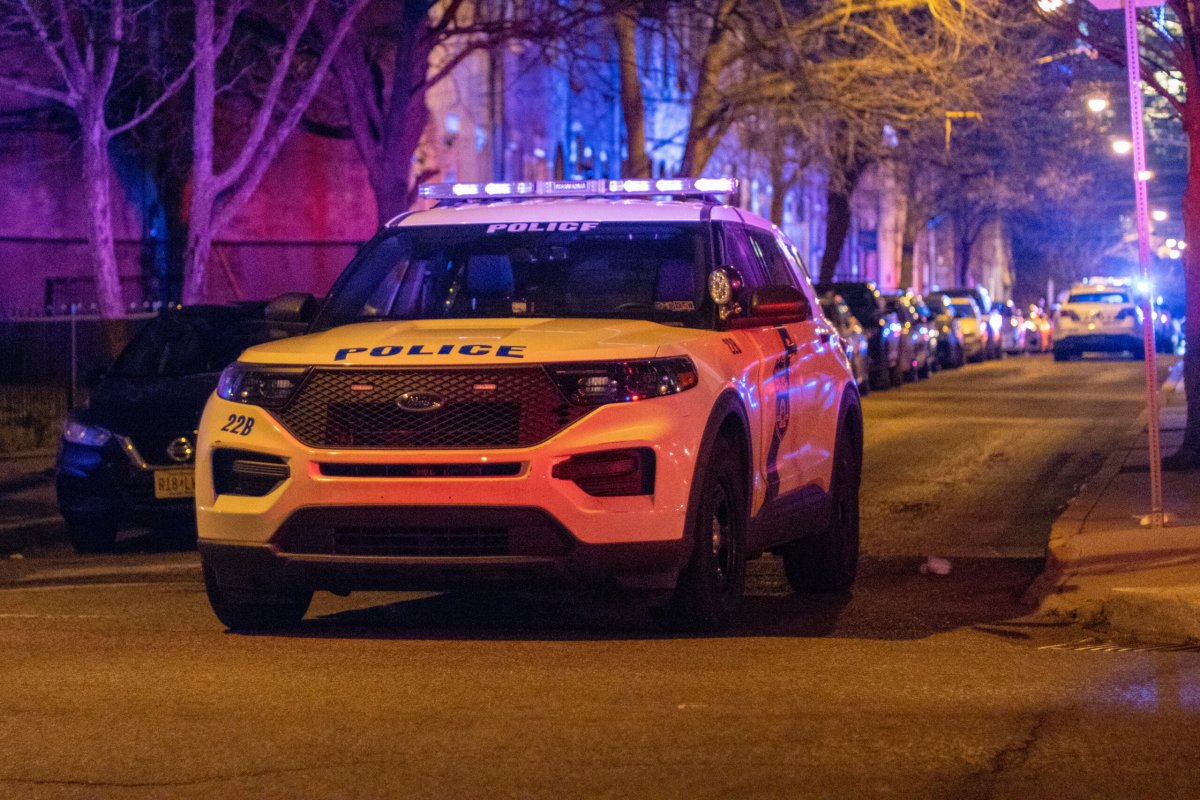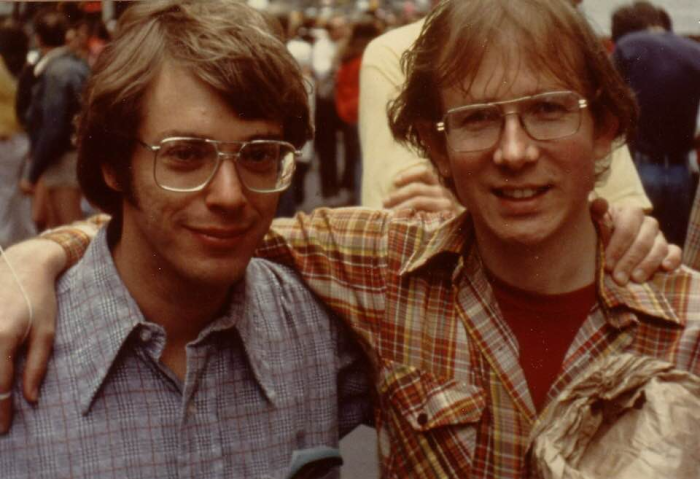We have Richard Curtis to thank for Margot Robbie and Saoirse Ronan’s friendship and collaboration in Mary Queen Of Scots.
The pair were not only introduced to each other back in early 2016, when Ronan was on Broadway in The Crucible, at one of the Love Actually director’s famous dinner parties, they were purposefully sat next to each other by the Englishman, too.
“From that moment on I was like, ‘This chick is rad.’ I knew I wanted to work with her,” Robbie tells Metro. “So when I heard about Mary Queen Of Scots, and I knew Saoirse was involved, I immediately wanted to sign up.”
Margot Robbie and Saoirse Ronan on the timeliness of Mary Queen Of Scots
There was just one problem, though. Robbie didn’t think she could play the historical figure of Queen Elizabeth.
“I didn’t go to drama school. I didn’t go to university. I had it in my head that in order to play such a prominent historical character I should be well versed in this world. I didn’t feel like I deserved to play her.”
“Such iconic actors have played her, too. Cate Blanchett. Katherine Hepburn. Helen Mirren. Judi Dench. The list literally doesn’t stop. I was like, ‘I don’t belong in that group.’ They’re insane. They’re so good.”
“So are you,” is both Ronan’s instant response and the ultimate proof of the bond and friendship between the pair, who are formidable as the warring Queens of Scotland and England that both felt they were the rightful rulers of the countries.
Robbie ultimately found her way into the film after being told by director Josie Rourke that she would be playing a young woman rather than a Queen. This idea of injecting some much needed youth into the “stuffy” period genre was especially attractive to Ronan, who has spent 6-years attached to the film.
“What we wanted to bring back into the political drama was youth and see these women with the fellas they were with. Their mates, their kids, and have it be personable,” Ronan explains. “You just end up looking back at history and taking it very, very seriously.”
But even though the events of the film unfold in the 1500s, both Ronan and Robbie knew that there was a particular timeliness to the material.
“I think the movie in general explores the idea of the cost of power. Especially being a woman in a male dominated world. And being in a leadership position, and the sacrifices you have to make,” says Robbie.
“In my head she didn’t want to be Queen. By the end of the story she had to give up her womanhood. Be nothing more than the Queen. The throne. The crown.”

For Ronan the modern resonance of the film is in the similarities between the gaze that’s put upon the Queens and the one that hounds people in the public eye today.
“People think, ‘Oh they have everything.’ But all anyone really wants is to connect to another person. We want people to come away from this and not seen them as Queens. To see them as people who had a lot of responsibility and a lot of weight on their shoulders and that they were just people doing their best.”
Robbie also hopes that Mary Queen Of Scots can correct the common historical consensus that the struggles between Mary and Elizabeth was “just one big cat fight.”
“I felt so much frustration on their behalf because of how much the men were holding them apart and pitting them against each other.”
“They really were yearning for a sister and a confidant, especially Elizabeth. She recognized that Mary was the only human that knew what she was going through. And the position she was in. So it is tragic they were held apart.”
Mary Queen Of Scots is now in theaters.


